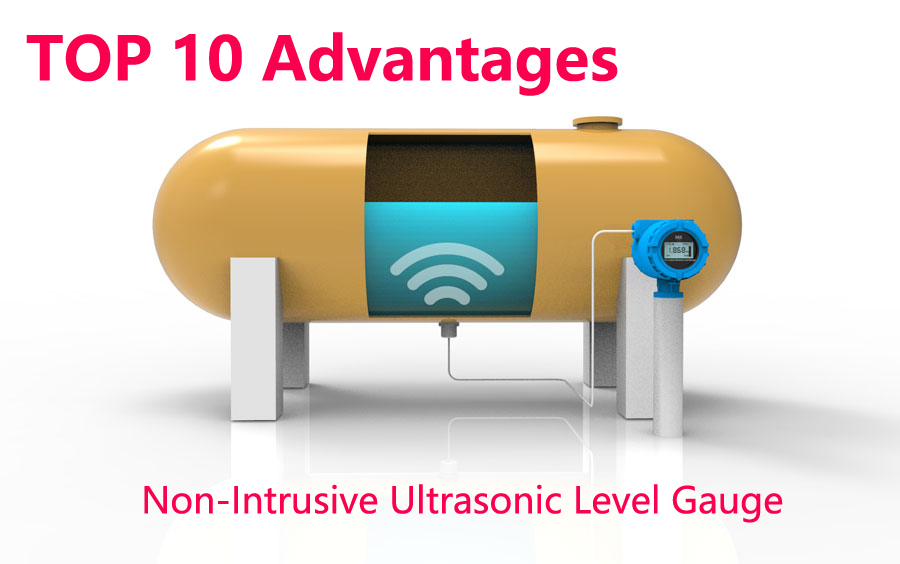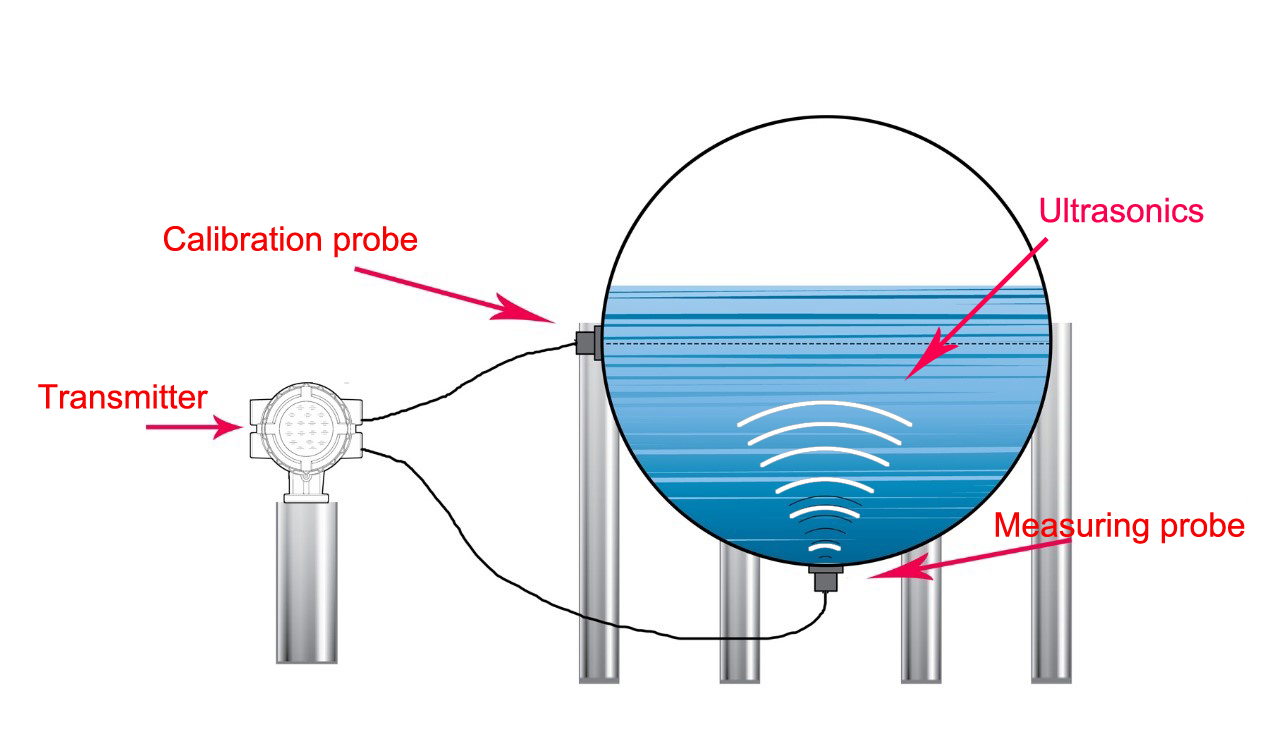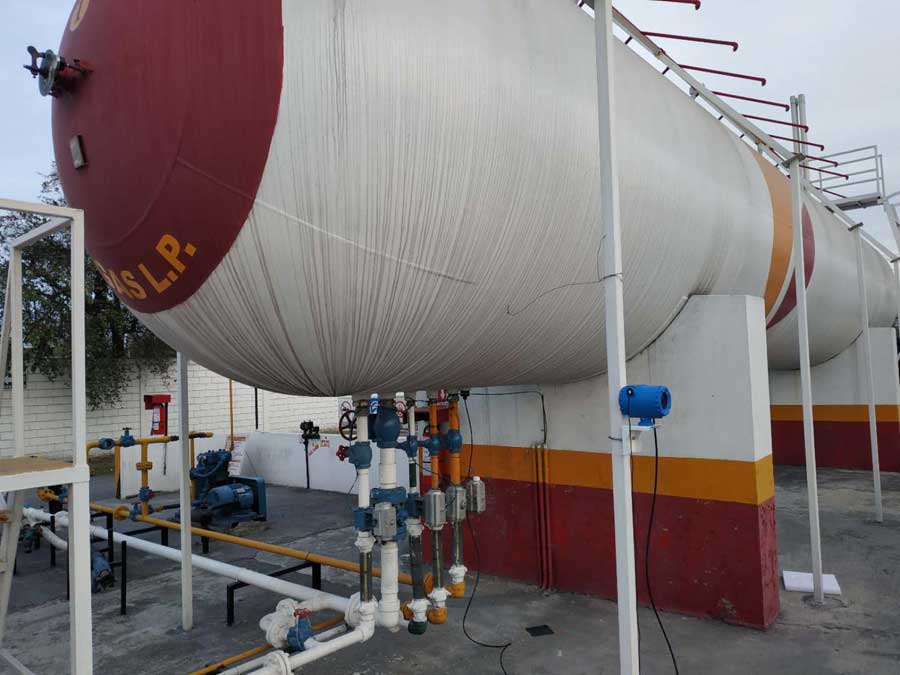The output signal of the sensor is usually 0-20mV, 4-20MA, etc. The sensor signal is finally sent to the computer for processing and analysis, but the computer cannot recognize such a weak signal, the computer can be other are 0-5V, 0-10V and so on these relatively large signals, at this time we need transmitter help.
Transmitters are essentially signal amplifiers.
Amplify the weak signal linear to the computer can identify standard of signals, such as input 4-20 ma, 0 to 5 v, this is the input and output parameters of the transmitter, so that the computer can receive via the transmitter sensor signal, the signal of proportion according to the range of the sensor converts the real temperature, pressure, flow rate, etc. We can see the data.
See below.
How do transmitters and sensors work together?
A sensor is a general term for a device or device that can be measured and converted into a usable output signal according to a specified rule. It usually consists of a sensing element and a conversion element.
When the output of a sensor is a specified standard signal, it is called a transmitter.
The sensor converts non-electrical quantities such as temperature, pressure, liquid level, material and gas characteristics into electrical signals or sends physical quantities such as pressure and liquid level directly to the transmitter.
A transmitter amplifies the weak electrical signal picked up by a sensor for transmission or activation of a control element.
Or a signal source that converts non-electric energy input into electrical signals and amplifies them for remote measurement and control.
Analog quantities can also be converted into digital quantities as required.
The sensor and transmitter together constitute an automatically controlled monitoring signal source.
Different physical quantities require different sensors and corresponding transmitters.
A transmitter may also be used to replace an electrical analog quantity with a digital one.




